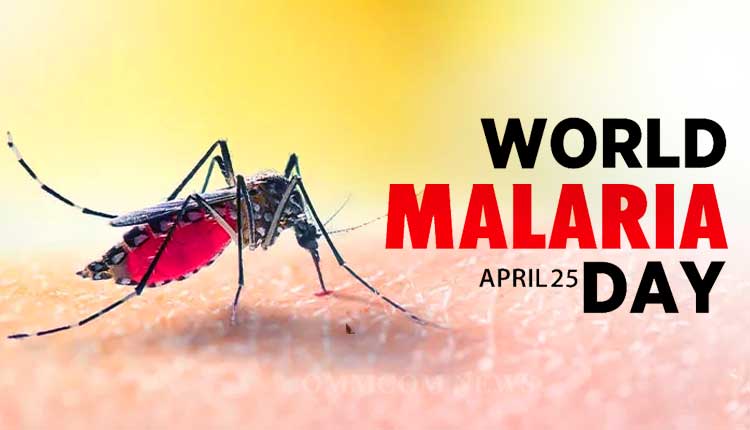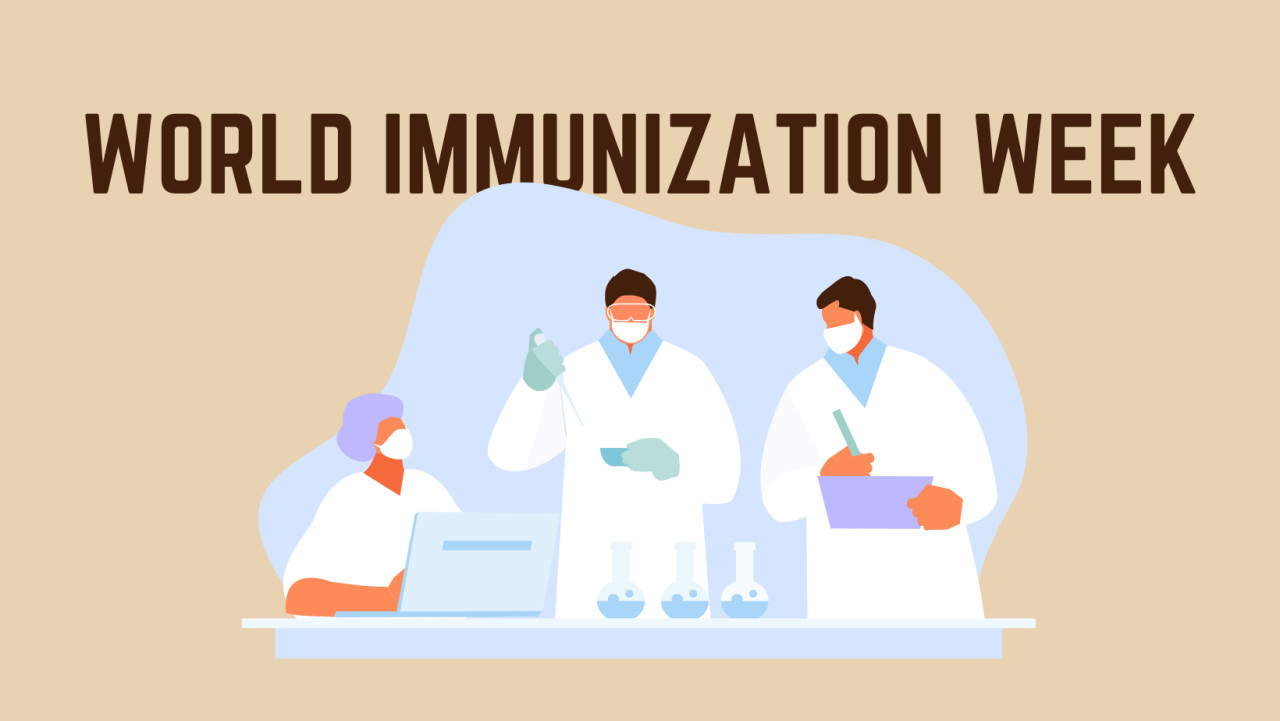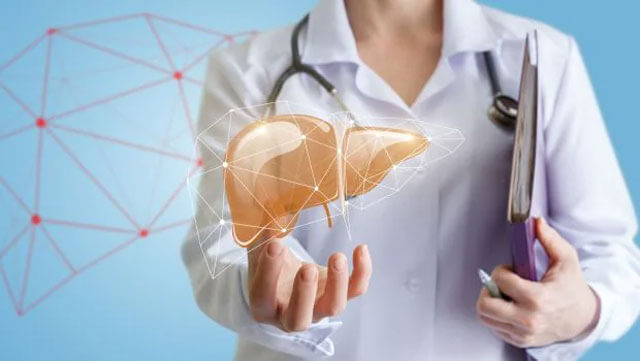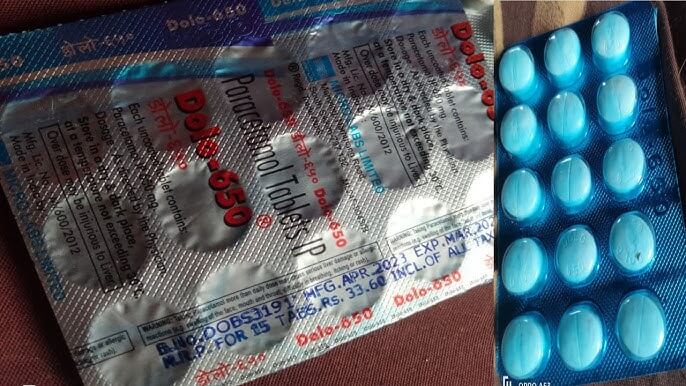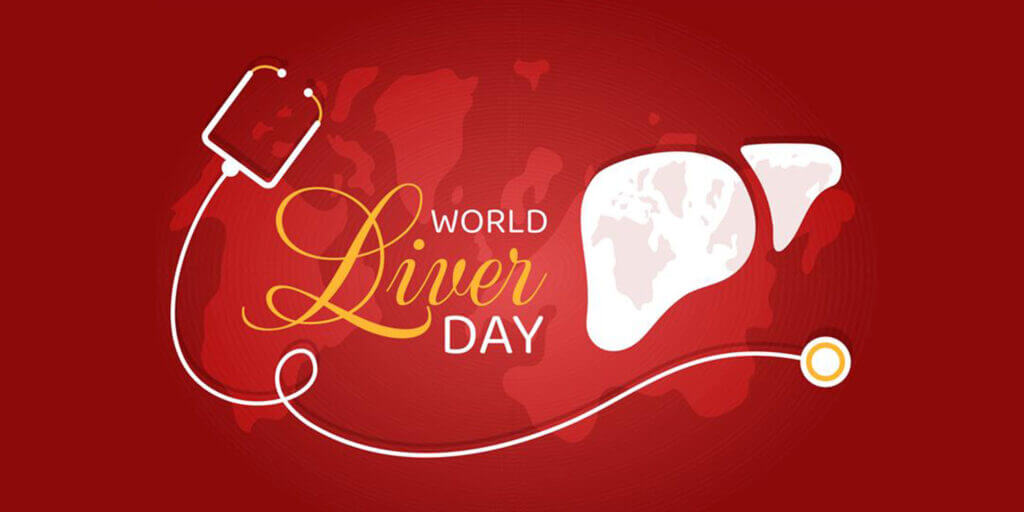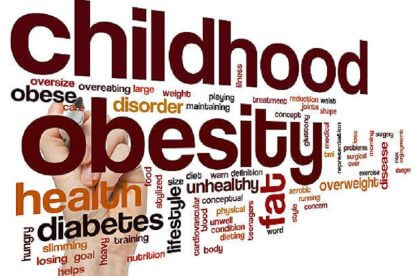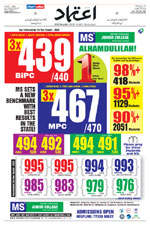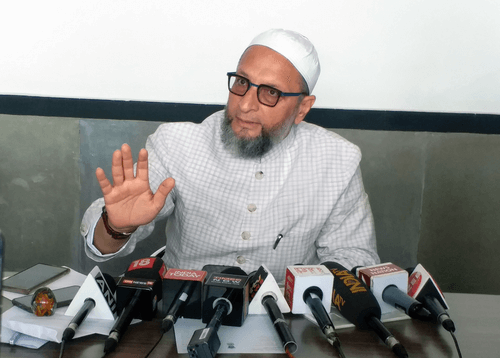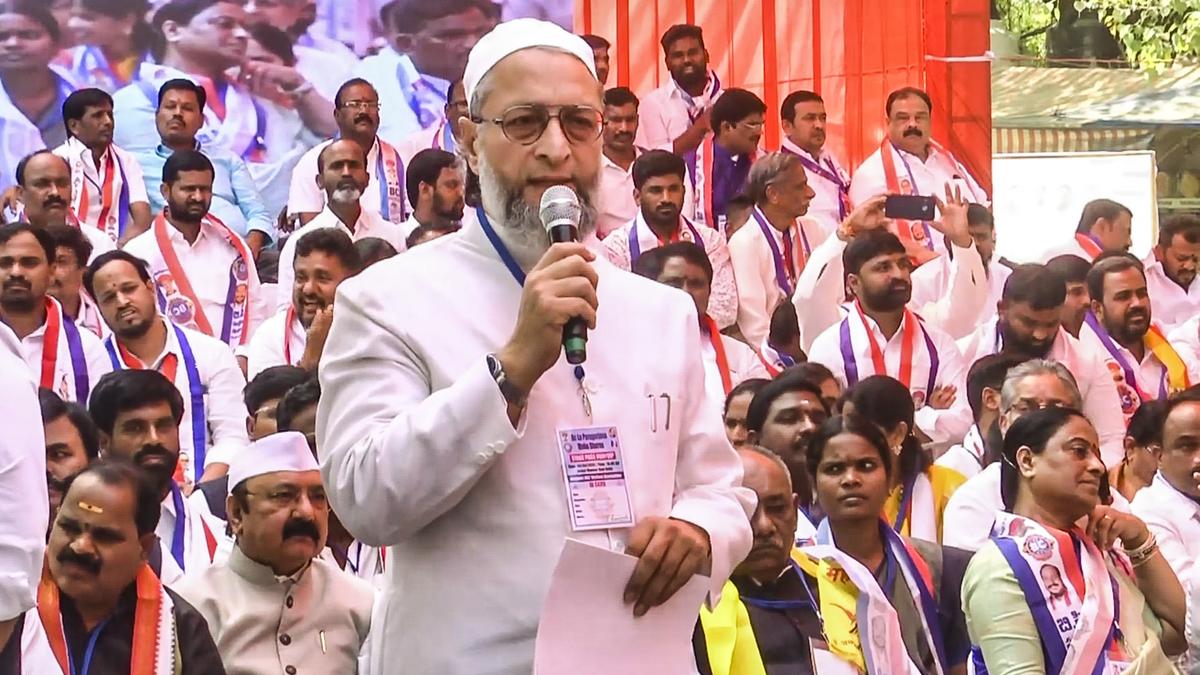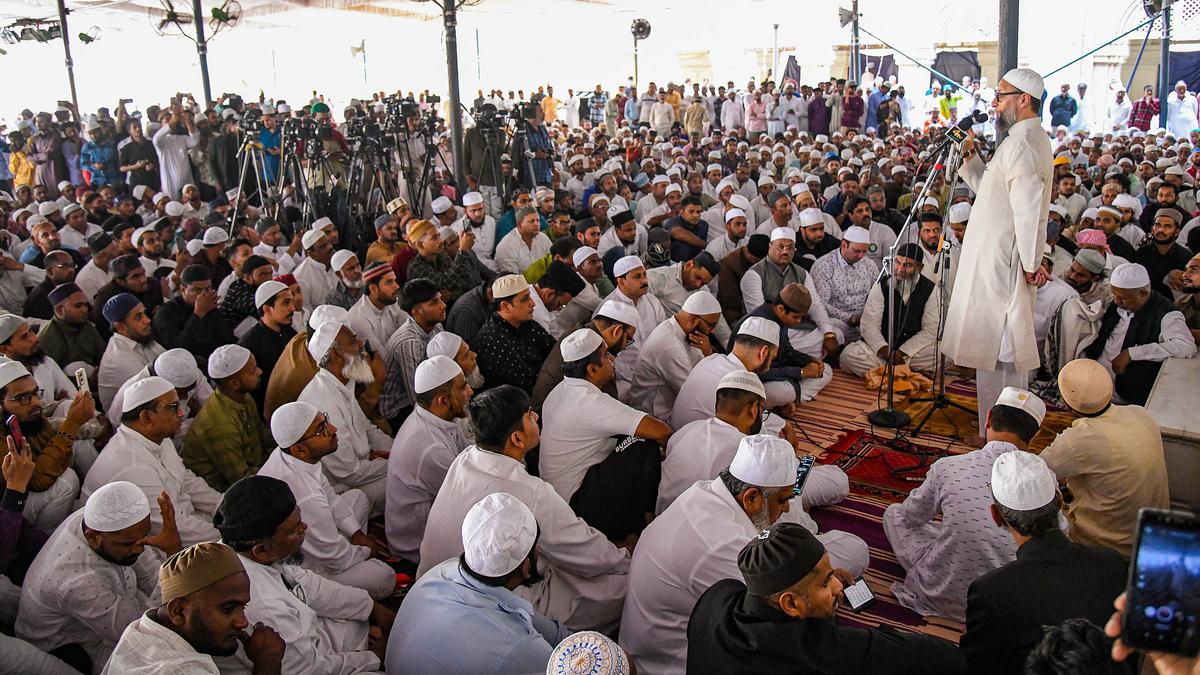Know the difference between monsoon fever and dengue
Wed 03 Jul 2024, 23:34:38

The monsoon season brings with it the much-needed respite from the scorching heat of summer, but it also brings in a plethora of illnesses commonly referred to as monsoon fevers. These fevers are typically caused by viral or bacterial infections that thrive in the weather conditions during the rainy season. Weather is typically warm with lots of humidity which is ideal for the growth of infective organisms. Some of the common viral infections that happen during this season are influenza (flu), common cold viruses, jaundice or hepatitis and gastroenteritis. However, in this article, we have mentioned the differences between monsoon fever and dengue.
Differences between monsoon fever and dengue
While both present with fever, pain, and fatigue, dengue typically has a more sudden onset, severe body pain, and a characteristic rash. Many people infected with dengue don't experience any symptoms at all. It's crucial to be aware of the warning signs of severe dengue, which can develop 1 or 2 days after the initial fever subsides. These signs are a medical emergency and require immediate attention. They include severe abdominal pain, persistent vomiting, bleeding from the gums or nose, blood in your stool or vomit, easy bruising, difficulty breathing, and extreme fatigue or restlessness.
Infection is transmitted by the bite of the Aedes Aegypti mosquito and is characterised by Sudden high fever Often reaching up to 104°F (40°C), Severe headache Typically behind the eyes and Severe muscle and joint pains. There is also upper abdominal pain with nausea and abdominal fullness. These symptoms last for 4-5 days after which the critical period starts where the BP falls, fluid accumulates in the lungs and abdomen and rash develops. Some patients may also show a fall in platelet counts and bleeding manifestations, as per Dr Tushar Tayal, Lead Consultant, Department of Internal Medicine, CK Birla Hospital,
Gurugram.
Gurugram.
Monsoon fever, on the other hand, refers to a constellation of various infections that happen during the rainy season. The principal culprits include food-borne illnesses - hepatitis A, E, Enteric fever ( typhoid) and vector-borne illnesses - dengue, and chikungunya. Monsoon fever may have a more gradual onset and can be accompanied by respiratory symptoms like cough and cold. It's essential to get a proper diagnosis through blood tests and physical examination, and not rely solely on symptoms. Early detection and appropriate treatment can significantly reduce the risk of complications and improve outcomes.
When we spoke to Dr Neha Rastogi Panda, Consultant-Infectious Diseases, Fortis Memorial Research Institute, Gurugram, regarding the same, she said, "As a doctor, I've seen many patients come in with symptoms that could be either monsoon fever or dengue. It's crucial to differentiate between the two, as timely treatment can make all the difference."
The differences in the symptoms of other monsoon illnesses and dengue are-
1. Dengue fever is generally higher reaching up to 104 F
2. Cough, running nose and loose stools are generally not seen in dengue
3. Joint pain, headache and backache is extremely severe in dengue
4. Rash may not be seen in other monsoon illnesses
5. Bleeding tendency is rarely seen in other monsoon illnesses
Further confirmation of dengue may be done with the help of blood tests which should not be done on the first day of illness. The following tests may be done:
Dengue NS1 Antigen Test: Detects dengue virus antigen in the early stages.
Dengue IgM Antibody Test: done for confirmation of disease in the later phase
Complete Blood Count (CBC): Checks for low platelet count and hemoconcentration, which are indicative of dengue.
No Comments For This Post, Be first to write a Comment.
Most viewed from Health
AIMIM News
Latest Urdu News
Most Viewed
May 26, 2020
Do you think Canada-India relations will improve under New PM Mark Carney?
Latest Videos View All
Like Us
Home
About Us
Advertise With Us
All Polls
Epaper Archives
Privacy Policy
Contact Us
Download Etemaad App
© 2025 Etemaad Daily News, All Rights Reserved.



